Arm’s Rene Haas on building the brain of artificial intelligence
Arm has been a force in the technology ecosystem since 1990. Their unique model allows them to ride the waves of innovation without being tied to just one moment in time. As a result, they’ve powered them all: smartphones, cloud software, edge computing, and now, AI. For most of this period, Rene Haas, Arm’s CEO, has been working in the semiconductor industry. On this episode of Spotlight On: AI, Rene will reflect on the remarkable innovation he’s seen in the cutting-edge technology, and how Arm is building the brain of artificial intelligence.
Arm was first born from a joint venture between Acorn Computers, Apple, and VLSI Technology. At the time, their goal was to create a Central Processing Unit (CPU) for the Newton Device, which, well, didn’t do too well. Years later, when smartphones came into the market with a clear need for CPUs, it changed everything. Arm became the brain of the mobile ecosystem.
Today Arm extends far beyond mobile. 70% of the world uses a product powered by an Arm based semiconductor chip. The past few years have only pushed their name further into the spotlight. During COVID, pressure on supply chains shed light on a global chip shortage. More recently, the dramatic computing pressure from LLMs has been another clear signal. Everything that is powered by AI, needs to be powered by semiconductors. Every complex computing problem needs Arm.
“It sounds like a sci-fi movie, but it's not far away. That’s the scary and cool thing about AI. It's the type of thing we’ve thought about but didn’t think we’d need to think about in our lifetime. Now we do.” – Rene Haas
With over three decades of experience in semiconductors, Rene Haas is uniquely versed in the history of global technology. In conversation with Accel’s Ping Li, he will reflect on past technology cycles, as well as the enduring importance of CPU technology as machine learning and AI transforms the future, Arm’s complementary partnership with NVIDIA and why the AI race isn’t a zero-sum game, his journey on taking the company public in one of the most anticipated IPOs of 2023 and much more.
Conversation Highlights:
- 00:00 - Introduction to Arm and Rene's early semiconductor experiences
- 03:45 - Semiconductor industry history and major changes in recent decades
- 05:00 - Arm's inception and its journey to powering 70% of the digital universe
- 08:00 - Driving forces behind Arm's 2023 IPO and Rene's advice for teams going public
- 16:20 - Balancing profitability and growth, emphasizing a clear path to profitability
- 18:00 - Overlooked areas in AI innovation, such as energy consumption, and Arm's role
- 21:00 - Most powerful applications built on the Arm platform
- 23:00 - Arm's complimentary partnership with NVIDIA, AI innovation bottlenecks, the importance of human override, and fail-safe mechanisms
- 30:00 - Government's role in semiconductor supply chain issues
- 32:00 - Predictions on future breakthroughs and the enduring role of human creativity
- 33:40 - Rene's advice on building a strong team through skillset pairing, and what can be learned from the parallels of some of his favorite sports teams (Lakers & Raiders!)
- 40:00 - Closing thoughts on the captivating technology and regulatory challenges ahead
Host: Ping Li, Partner at Accel
Guest: Rene Haas, CEO of Arm
Explore more episodes from the season:
- Episode 01: AssemblyAI's Dylan Fox on building an AI company during a period of radical change
- Episode 02: Roblox’s Daniel Sturman on Building Great Teams in the AI Era
- Episode 03: Ada’s Mike Murchison on how AI is revolutionizing customer service
- Episode 04: Merge’s Shensi Ding on powering the next generation of AI SaaS companies
- Episode 05: Scale AI’s Alexandr Wang on the most powerful technological advancement of our time
- Episode 06: Bard’s Jack Krawczyk on the birth of Google’s AI chatbot and the creative potential that lies ahead
- Episode 07: Synthesia’s Victor Riparbelli on creating an environment to harness AI benefits and reduce harms
- Episode 08: Ironclad’s Cai GoGwilt on a decade of anticipating the transformative power of AI
- Episode 09: Checkr’s Daniel Yanisse on tackling bias in people and AI
- Episode 10: Cinder’s Glen Wise on trust and safety threats and holding AI accountable
- Episode 11: Transcend’s Kate Parker on putting data back into the hands of users in an AI-driven world
- Episode 12: Arm’s Rene Haas on building the brain of artificial intelligence
Ping Li (00:12):
Welcome to Spotlight on AI. I'm Ping Li. I'm delighted to have Rene Haas, the CEO of Arm here today. I know you're very busy, so appreciate you taking out some time.
Rene Haas (00:22):
Thank you so much. My pleasure.
Ping Li (00:24):
So some context for our listeners. Arm is the leading semiconductor IP business. Rene was appointed the CEO a year ago 2022.
Rene Haas (00:32):
Almost two years, yeah, almost two years ago. February of 2022.
Ping Li (00:35):
And you had the pleasure, I should say, of taking the company public a couple months ago. Indeed. Arm has obviously been a force in the semiconductor industry for a while with mobile phones and now AI. So how did you end up in the semiconductor industry and walk us through that whole journey?
Haas’s Beginnings in the Semiconductor Industry
Rene Haas (00:53):
Yeah, so I've been in the semiconductor industry my entire career. So I graduated out of university in the middle 1980s. I was always fascinated with semiconductors just from the standpoint of they were the building blocks of computers, and you go back to the middle 1980s, PCs are just taking off the first IBM compatible is now available. So knowing that semiconductors were sort of the inside and the guts of all these machines, that was really where I wanted to go. So that was at TI, which was a great place to start because at that time, TI was the number one semi company in the world. We did DSPs, we did microcontrollers, we did DRAM. It was a great place to start.
Ping Li (01:36):
So you've been in the semi industry for a few decades now? I'll have to say that in the startup world, semis have not been very popular as a place for entrepreneurs to go, I would say at least for 15, 20 years now. So it'd be great if you can give us a little history for our audience on what do you think are the big changes that have occurred over the decades in the semi, the CPU industry, and then how's Arm played a role in that transformation over the years?
Tracking the Evolution of the Semiconductor Industry
Rene Haas (02:07):
So on one level, it's interesting. We were chatting earlier about Covid. Covid, I think, was a great opportunity to let the world know again that semiconductors are incredibly important. All the supply shortages that we saw, people started to realize, oh my gosh, this was all due to chips and why does it take me a year to get a new key FOB for my car? Because one component inside the device, which is a chip, was not able to run it. So I think what people began to realize that, oh my gosh, semiconductors are fundamental to everything that we do.
And then with everything involved now going forward with AI, any kind of AI capability needs to be powered by semiconductors. However, on the flip side, to your point about the investment and whatnot, the chips to develop these chips has just gotten harder and harder over the years and decades and much, much more expensive to build a chip, to design it, to fab it, to have it packaged, to have it come back. These are hundreds of millions of dollars investments. And if you think about the VC community, and particularly over the last decade or so, we look at software startups and we'll look at the amount of money invested and time to return to money. And then you look at a chip company, it's like, oh my gosh, I've got to put in all this money and hope the tape out works and hope I have customers and we hope I can scale. It's really, really tough. So I think that's why you've seen a bit of the ebb and flow with semiconductors.
But on the flip side, I think with a lot of things that we've seen with AI processor startups, the one thing that continues to happen in our world is more and more kind of complex compute problems get thrown at us. And people will look at the conventional solutions and then say, well, what I have today doesn't really scale. Because one of the beauties of semiconductors and then applications is it's always smaller, faster, cheaper, and innovation is always taking place. Now, one of the beauties about Arm is our core technology is a CPU. And the CPU is really fundamentally core to any digital device. It is the brain.
(04:17): It has to run the software, it has to essentially be the mechanism that drives every device. So Arm, which has been around for 33 years is really now the most ubiquitous CPU that's ever shipped in the history of digital electronics, almost 30 billion in the last year that were shipped 7 billion or so, 8 billion or so a quarter. These are giant, giant numbers. And with a CPU, which is what Arm builds, it's sort of a self perpetuating cycle in that the more CPUs that are there, the more that developers will write to those CPUs. Because it's the installed base. There's a lot of software, there's a lot of development opportunities, and Arm is used in automobiles, data centers, mobile phones, laptops, just about everything. The more developers that write to it, the more people that build hardware to support the architecture. So Arm now is pretty central to just about everything in the digital universe. We calculate that probably 70% of the world's population touches Arm in some way, shape, or form.
Arm’s identity as a Software Company
Ping Li (05:23):
What's always fascinating about Arm, it wasn't a hardware company, it's a software company. It's a software company. It's an IP licensing business. Tell us a little about how that's different than conventional wisdom where you have to actually be building the hardware, you be vertically integrated with the supply chain and the fabs and Arm kind of went a totally different direction.
Rene Haas (05:42):
You kind of have to go all the way back to the birth of the company. So the company was born out of a joint venture between Apple and VLSI technology, and it was essentially at that time, the two companies were looking to design the next CPU for the next handheld PDA, for folks who remember the Newton. So the Newton was a device that
Ping Li (06:06):
Didn't do so well.
Rene Haas (06:06):
It didn’t do so right. It had a lot of things right. It was a handheld, ran off a battery, had a small display, could manage contacts. It just was at a time where none of that technology was really ready for it. But Arm, the two companies basically created this joint venture and picked a small number of engineers who had spun out of a company called Acorn to do the design. And they chose at the time, a risk architecture. Back then most of the processes were SIS, meaning complex instruction computing sets, and the SIS machines were kind of high power, pretty costly. So they designed their own machine that was going to be risk-based. So Arm stands for Advanced Risk Machine. That was really it. Now what the joint venture didn't really do so well, but a number of investors look at it and said, well, this is a rather interesting technology approach. Why don't we create the CPU, but rather than build the chip ourselves, we will take that design like a blueprint and license it to people who want to build chips. And that was sort of the birth of the company, which going back to the mid 1990s, early 1990s was pretty risky. The EDA industry.
Ping Li (07:29):
Open sourcing before open sourcing.
Rene Haas (07:31):
Became all of this was brand new. The tools really weren't there, the technology wasn't there. It was a very, very innovative business model. And back then there were a lot of companies designing CPUs, but designing CPUs are really, really hard. They're really, really expensive. And Robin Saxby and the team that started, they really had initiative said, we're going to build the global standard for CPUs. And the very first big design win they got was with a Nokia baseband phone. So the company was born through the next phase after the PDA because they knew how to do low power. They knew how to do batteries. Nokia was looking for a partner to build a chip for the phones. TI was the partner.
Ping Li (08:14):
It was really good at analog.
Rene Haas (08:15):
Really good at analog. And back then the harder problem on those phones, if you remember those early mobile phones, they didn't run displays. They didn't have text messages. The hard part was the analog and the modem, but they needed a CPU for something because you had to control the device. You had to be the base engine. So we became the brain of the first GSM phone for those who remember out there and your listening audience, the Nokia phone based upon a TI chip, and it was born from there.
Ping Li (08:43):
That's amazing.
Rene Haas (08:43):
Yeah. Yeah, because then what kind of spun from that was the phones got a little bit smarter. They created an operating system called Symbian. Symbian became the oss, the Nokia oss, and then next thing you know, Arm is starting to run rather really complex software for a mobile phone. The real launching pad was with iPhone and Android when these mobile phones went from not so smartphones to smartphones. And we became the brain of those smartphones, which is quite natural. We had come from the phone industry, we were running those already. And then things really, really took off with iPhone and the Android phones.
Ping Li (09:23):
Was it hard to explain because I want to get back to the Ip, explain to investors that you're a software company and not a hardware company?
Rene Haas (09:32):
It's hard to explain from the standpoint of…
Ping Li (09:34):
When you think semiconductors, you think it's hardware, and you guys are in that ecosystem deployed in more hardware than anywhere else.
Rene Haas (09:42):
And in some ways, we're a little bit of the best of both worlds because we're in the hardware industry. Clearly the people that are our customers build chip, whether that's Samsung, whether that's Apple, whether that's Qualcomm or Media Tech, they build ships and we go into phones. So clearly we're in that space. So we explain ourselves in terms of semiconductors, design wins volume, but our operating model in terms of the economics look like a software company because we don't build anything and we don't have any inventory and we don't have any scrap. So you look at our business model, you say, oh my gosh, this is essentially 100% gross margin business. And that when I joined Arm, I was with Nvidia for a lot of years, and I remember joining Arm and I was so happy to enter a world of, oh my gosh, I don't have to worry about what scrap to write off this quarter.
(10:31): I don't have to worry about what the forecast into the fabs. We just license our software, which is again, a software model. And then the beauty of the model is not only do we license it and collect a license fee, like a SaaS model, but we also collect a royalty that is on every component that ships. We get paid some percentage of that selling price. So we've got two revenue streams, we've got the SaaS stream and the royalty stream, which is pretty unique. There's really nothing else quite like it. So to your question, in terms of explaining it to folks on the roadshow, yeah, that's an education process because as you know, well people try to compare you to something, and we're not very easy to compare to anyone because we're quite unique.
Arms’s IPO
Ping Li (11:16):
And just on the IPO, what kind of drove that? I know there was obvious there's always investors wanting liquidity and all that kind of stuff, but from your perspective as a CEO, what was the reason why it was important to you?
Rene Haas (11:30):
First off, it was Time. SoftBank, Arm was a public company for many years. I think we went public the first time in 1998 and public company and were bought by SoftBank in 2016. So when we were bought by SoftBank, the intent was someday to take the company public again. Around 2020. We were acquired by Nvidia, and we went through a fairly long acquisition process with regulatory, et cetera. And we all know that did not, how all that turned out.
Ping Li (12:03):
You were at the company already then?
Rene Haas (12:06):
I was, yeah. So when the NVIDIA transaction tipped over and I became the CEO, SoftBank was very clear that they wanted to take the company public again. So that was always the intent. And for us, I think for starters, our employees expected it, but more importantly, it just helps us retain talent and attract talent because Arm is competing with some of the largest companies in the world for all kinds of design talent. And being a public company really, really helped. So long and short of it, it was really time.
Ping Li (12:42):
Does it matter to your customers or they care as much if you were public or private?
Rene Haas (12:45):
I think in general, the customers were kind of happy that the NVIDIA thing didn't happen because they were worried about control. They were worried about roadmaps. So I think whether we were private or public, I'm not sure they had a strong bias, but I think for the employees it was a very important thing.
Ping Li (13:00):
As startup companies that are reaching that stage, what kind of advice would you give them having just gone through it, and what are things that you wish you would have done differently potentially?
Rene Haas (13:11):
Yeah, so we're a unique company, right? Because we went public, but we have a lot of different things than startup companies. In other words, we had revenue, we had customers, people knew who we were. But one thing that was really obvious to me, going through the IPO process, and I think this probably applies whether you're our size.
Ping Li (13:34):
Even our pre IPO companies, companies that are ready, they're a couple hundred million in revenues and they want to go, I think.
Rene Haas (13:40):
Path to profitability is really, really important. It was really obvious that a lot of questions that we had was really around not only are you going to make money, but can you make money profitably? And I think that is the big thing that, and again, the IPO market is, A, so hard to predict and is a bit fickle, but it certainly feels like there is a strong appetite for, show me how you're going to be profitable. So I think my advice to counseling, to companies who are looking to go do that is make sure that is pretty well understood and that the pathway to making money is something that you can explain clearly.
Ping Li (14:15):
Yeah. And how do you balance that with growth though? I mean, obviously you're in a high growth sector and a high growth company. How do you balance that profitability with growth?
Rene Haas (14:22):
Now for us, we are a very profitable company, it is really much more of a balancing act. And my CFO and I, we have this discussion and debate all the time about back to the operating margin and gross margins, how to make sure we invest. I'm pretty ambitious on this scale, particularly now, given where we are with all things AI, I think we are entering a cycle of increased investment. And when I say that, I just look at all of the computing demands that AI will put across every device that we use and that is going to need more and more computer cycles, more and more advanced technology. So I do want to invest as much as we can because I think we are in an opportunity here where some really, really cool innovation is going to take place.
Ping Li (15:12):
How do you think Arm is equipped to intersect that? Because when we talk AI, there's so many layers, so many aspects of it. What's the part that you're most excited about for Arm?
AI & Arm
Rene Haas (15:25):
On one level, AI has been happening already. When you think about security cameras that can do face detection today, when you think about translation on your phone, when you think about telling your Google Assistant or Amazon Alexa to do a few things, that's already AI. So on one level, that's already been happening, and a lot of that happens on Arm because of the fact that most of these commands run on CPUs. The software is fairly standard. You can't really run AI today without Arm. However, I think what we've seen with Chat GPT and these large language models, and this is the way technology works, is a step change in terms of capability. And right now, I think we are in this, as I've mentioned earlier, in this increased investment cycle around, wow, these models that have just come out are really, really sophisticated.
(16:24):
And what seems to be the limiter in terms of getting these models better? It's compute cycles, it's actually running more and more of these models because you're training these models on how to learn. And it's almost now a function where, well, how do you train it to learn? You need to give it more information and you need to give it more experiences and you need to give it more data to learn on, which is sort of a virtuous cycle because I need more data and if I need more data, I need more compute to run the compute, and then I need to do it in such a way that doesn't consume a lot of power. So that's a great place for Arm because one of the things I think it's overlooked a little bit about this wave of next generation computers is the energy consumption is very significant.
(17:09): And I think what's going to happen over time is that these giant data centers, you're not going to be able to actually power them all, power them. There's not enough energy on the grid to build all these super AGI data centers. So all of these data centers require computers. Obviously, they require accelerated computing, they require base computing. It's a great place for Arm.
One of the proof points that I like to talk about is NVIDIA's new design called Grace Hopper. So NVIDIA is sort of the gold standard for accelerated computing, but all these accelerated computings elements have to have a central processor to do not only offloads but conjunction type of computing because the CPU can do it at lower power. Nvidia took their next generation GPU, which used to be coupled with an X 86 processor, and now they've integrated it with 72 or 144 Arm CPUs in a highly integrated design that allows 'em to be much more power efficient. So for Arm, we're going to be at the center of this, whether it's a cloud data center, whether it's your autonomous vehicle, whether it's your smartphone or your laptop, all of these models are going to run and run and run, and they're going to require far more compute cycles and capability than we had before just because it's learning so fast.
Ping Li (18:22):
One of the things we've been trying to figure out and be curious what you're seeing is what are the applications and software layers on top people building on top of Arm that you think is the most interesting in the next year, two, three years? What are you seeing people do with Arm that you're like, whoa, that's going to be game changing for AI?
AI Use Cases
Rene Haas (18:41):
I think when you start getting into, and some of these were in the demos that were just even shown by Google on their latest Gemini launch, is computers that can write software. And when you start getting into tools that can really, really advance productivity, the flywheel really starts to accelerate. And there are things that run the gamut from doing analysis of thousands of scientific papers where you are trying to do some analysis on whether it's drug research or some level of medical research and trying to comb through all the literature today to not only determine what's relevant, but how is it important, how can I parse through that the AI is going to be able to make that kind of information come much more easily and naturally. So whether it's around drug research, I think medicine is going to be an amazing place. And I also think just things like diagnostics and being able to not only handle diagnostics on a base case, but diagnostics that are very, very tuned for yourself.
(19:45): I think a doctor's visit in the next five to 10 years is going to look incredibly different. And think of today still going into a doctor's office and having a clip pad of a new patient and filling out just this kind of stock information. With AI, you're going to have incredible access to databases, databases on your health information and such. Now with that, a lot of questions around privacy and regulation, but I do think whether it's health, whether it's around developing code, whether it's around just taking other tasks that were made more simple, I think the next number of years are going to be incredibly exciting.
Ping Li (20:22):
What are some of the challenges you see for AI to be truly mainstream and truly adopted by the broader population?
Barriers to AI Proliferation
Rene Haas (20:30):
I think a number of things have to take place. The EU just came out with their first set of AI regulations of things that are said to be prohibited, and then things that should be monitored, which is a fantastic start. I think in any of these cases, the machines have to have some level of mechanism or backdoor or some capability that allows human override, otherwise you have the machines controlling the machines.
Ping Li (20:56):
So it sounds like a sci-fi movie.
Rene Haas (20:58):
It sounds like a sci-fi movie, but it's not far away. And I think to your point, that's kind of the scary slash cool thing about all this is all stuff that we probably thought about but didn't think in our lifetime we had to sort of think about. But now we do, and I think the fail safe mechanisms need to be put in place across the board.
Ping Li (21:18):
Board. So you mentioned NVIDIA earlier. You worked in NVIDIA obviously too. How's that partnership been so productive? It seems like it's been a win-win for both companies, and a lot of times in startup land it's kind of like, Hey, zero sum game win you lose. And how have you been able to navigate that?
The Arm & NVIDIA Partnership
Rene Haas (21:38):
One of the things that is increasingly obvious about this business, going back to sort of the why it's so hard to build semiconductor companies is these things are really, really hard to do. And if you can find places where the two companies can be very complimentary in things that they're quite good at to get to a common end game, that is where great partnerships live. So let's take NVIDIA for a moment. They do a lot around accelerated computing. They have obviously a huge platform with H100, but they also have their robotics platforms, their Xavier and Jetson. They do a lot of things with autonomous driving.
Every single one of those applications that I just mentioned has an Arm Processor has Arm Processor, every single one. And it's partially because Nvidia looks at it, and this was how we looked at it when I was there. There's only so many things that I can focus on as a company relative to my core competency. And Arm has a broad, broad ecosystem. There are tons and tons of developers that support on Arm. It makes sense to partner with a leading-edge CPU company to build these platforms. So that's a good example of just both companies really realizing, Hey, this is where our core competency is, and finding a great way to have a partnership.
Ping Li (22:53):
And the cloud providers, how do they fit into the Arm? I know you supply a lot of semiconductors to them, but they also talk about building a lot of their own stuff.
Rene Haas (23:03):
That's a great place for us because what's happened over the last number of years is the hyperscalers have increasingly looked to do their own chips. Now, there's a number of reasons why they would look to do that. One of the easier things to look at is do they get a benefit in terms of price and performance? And by building their own chip and going directly to Samsung or even an Intel, they can get a tremendous amount of benefit by just directly dealing with the FAB and then the economics work. Then the Arm processors. Back to why we're so good in smartphones, we're the most power efficient architecture on the planet. So companies see a huge, huge advantage from going to Arm, in some cases 40% better performance for the same power. So what's happened is we have companies like AWS with Graviton that have announced products. Microsoft just announced their product called Cobalt takes 128 core Arm CPUs. These are custom chips built by Amazon, built by Microsoft that run in the cloud data center, and they are alternatives to off-the-shelf product from AMD and or Intel. And I think that trend is going to continue. I think you'll see every major hyperscaler doing this.
Ping Li (24:20):
And they would be licensing Arm technology.
Rene Haas (24:21):
And they would be using technology to do that.
Ping Li (24:23):
Okay. I guess that's why that software model allows you guys to provide these hardware trends without being tied to them.
Rene Haas (24:30):
Exactly. Yeah, exactly. So we've been involved in doing stuff for the cloud data center for almost 10 years, and all the hard work relative to the Red Hat distributions, the Linux distributions, Kubernetes, all that software, which is giant work, has largely been completed and validated. So now it's a very natural lift for the Amazons and Microsoft. So the world, Microsoft runs Windows on Arms so they can run Windows in the data center. So all that software work has been taken care of, and at the same time, you have a very, very power efficient architecture. So yeah, the cloud data center is going to be a very, very high growth area for us. And back to Nvidia, they have their Grace Hopper design. Grace is their CPU. So if you're a Amazon, you can use graviton or you can buy a Grace processor or AMP here, one of our other partners that makes standalone products using Arm. So yeah, we're very, very excited about what's going on with the cloud data center.
Internet of Things
Ping Li (25:31):
And I guess the other end of the cloud is the edge and is Edge computing, how do you guys drive that? Is that IoT? Are those all different areas that you guys have played a role in?
Rene Haas (25:43):
Yeah, so the Edge, or sometimes we call it the IoT, the Internet of Things is also an area that is really, really growing quickly in terms of complexity of the computer that takes place there. So in the past you might've just had a small sensor and that small sensor might be sending a little bit of data to the cloud, but now what's happening is that these Edge devices..
Ping Li (26:06):
Are processing it.
Rene Haas (26:06):
Processing takes place there, and why does it take place there? Privacy security is a very, very big deal. Latency is a big, big deal. If you can do things at the edge and not have to send data back out to the cloud, it's actually preferred.
Ping Li (26:21):
And power is a big constraint there.
Rene Haas (26:23):
Huge constraint. Many of these things run off batteries, heat and space are usually a major issue, but that's a great place for Arm. So we're the world's leader in all these edge devices that run IoT today.
Taking on the Challenges of the Supply Chain
Ping Li (26:38):
So given all this proliferation of applications that semiconductors, and I think it's, it's going to be nonlinear with the AI movement, how do we think about the supply chain issue? I mean, that seems to be the bottleneck, right? And it's obviously in some ways good in sense the prices go up, but for semiconductors, but from, I would say that does impact adoption and speed of innovation if prices are high. So how does that get resolved?
Rene Haas (27:08):
Yeah, one thing that we were really happy to see was all the efforts done by the US with the US Chips Act, and then also in the EU with the EU Chips Act, because I think the governments have woke up in these two geographies and said, semiconductors is pretty core to us. And it's not just geopolitical resiliency, it's kind of a geographical resiliency. It's having all of the fabs in the world located in one part of the world physically. And then you look at how important semiconductors are. You say, well, what if all the oil in the world came from one small island? You say, well, you'd fix that problem as fast as you possibly could. So I think with semi inductors independent of the geopolitics, investments in fabs in Europe, investment in fabs in the United States, going back to my TI days, there were fabs in Houston, fabs in Dallas, and I think it's great to see that this is happening. I wish it happened faster, but hey, it's better to start now than not have done anything, because I think over the next decades, that is going to be, to your question, one of the leading things that will be a limiter to growth is just fab capacity and resiliency in supply chain.
The Tech Talent War and Hiring for Success
Ping Li (28:27):
This is somewhat of a personal question. I have kids that are trying to figure out what they want to do with their lives. For a while everything was to be a software engineer. That was the cool thing to do. And probably when you were thinking about what to do after college, it was electrical engineering building chips. Do you think that swings back the need for that kind of talent?
Rene Haas (28:47):
It's interesting going back to the coding example in terms of will we need designers anymore if computers can design, but I think there's always going to be areas for areas of innovation and creativity. I think semiconductors would be a great place to get into, to be honest with you, whether you're on the area of building them, because that that's a very, very hard problem in terms of process and the chemical engineering associated with it. If you're on the circuit side for sure, all kinds of innovation. I think it'll still be a while until AI has to breakthrough is around creativity and innovating. Because if you just think about the way these models work today is they take all the information, they kind of know and they brute force it into something that here is the answers, but how do you create something new when you don't have anything in past to look at? And that is going to be one of the interesting things that happens in terms of innovation. So back to your question, in terms of what to recommend your kids to go into, I think anything around creating something new and inventing something new, I think there's still going to be lots of opportunity for that.
Ping Li (29:56):
One of the hardest things about building a company is building the team. And I know you had to make a lot of those changes when you took the CEO job at Arm. How did you go through that process of figuring out who's the right people, what are the right roles, how to recruit all the pieces that go into build? Because great companies are about three people, right?
Rene Haas (30:21):
Completely. Yeah, no, completely. And I would say in this case, if I think about it, I dunno that I've ever thought about it. So purposely forward in terms of, well, here's how I need to sort of segment the team. But I also tend to think about if I look backwards in terms of, well, how are the teams that were created that got built that I resonated with? So a few things I'll kind of say on that. First off, I'm a big sports fan and basketball was always the game that I played growing up and played in school.
Ping Li (30:52):
What's your team? What's your favorite NBA team right now?
Rene Haas (30:56):
Probably the Warriors, but I'm a historical Kareem, Magic Johnson, Showtime, Lakers, guy Makers, but longer story, LeBron and the Lakers. I dunno how to root for that. And I love the Warriors. I love how they put together. But if you look at those teams, they are a fantastic complimentary set of skills across players. Basketball is not a sport where five people with the same talent who have the same skillset can win. You need a compliment of areas. So when I think about teams, looking back, whether I thought about it intentionally or just turned out that way, I try to build teams that are different skill sets. There are some people who are very, very good at strategy. There are some people who are very good at execution. There are some people who are very, very good in terms of how they can think through problems.
(31:45): So I look for A, a really complimentary team, but at the same time, and again, this is just how I've learned to operate, having transparency and trust across the team. And again, basketball is a bit of that because once you learn how to work together and play together where your teammates are going to be, you trust them to do the right job. I really like to have teams operate in such a way that don't have side meetings outside the room. Be highly aligned, be highly transparent, need to get things done in a very, very fast way. So you need trust and transparency across the team. So I definitely look for that. I look for more for attitude than at times versus actual individual skills because you can teach people how to learn certain things, but changing their attitude, that's much harder to go off and do.
(32:38): So I look for people who are competitive, who want to win, but are also trusting and can operate well inside a team that are very, very complimentary. So the team that works for me now, my executive team, we've been together for a long, long time, 5, 6, 7 years. Because what happened when I took over the group inside Arm that now is kind of classic Arm, it was the core IP business had to make some changes because we didn't have some skills. I thought maybe the attitudes weren't right, so we had to make a bunch of changes. But now this core team, we've worked together for a long, long time, and there are a lot of times where that team can go off and make changes and do things without me. So back to the sports analogy, longevity matters, right? Once a team gets used to working together and is really, really efficient and trusting, you can get a lot done.
Ping Li (33:36):
What's your favorite interview question that you usually ask when you're trying to figure out if the exec team fits all those boxes?
Rene Haas (33:44):
I think interviewing is really hard. I think it's really, really hard. And as you get into more senior levels, people are really, really good interviews.
Ping Li (33:50):
That's how they got there.
Rene Haas (33:51):
That's how they got there. Sometimes when you get really, really talented individuals, you find that they can be overly political or they're going to go off and try to manage things in their own way. It's really hard. I have found, for me personally, maybe there are better guys than me, but I'm not that great at that. So I really try hard to circle the wagons and get information in terms of how they operated on the outside. That's great. I think interviewing is hard.
Ping Li (34:16):
Yeah, it's very hard. It's very hard. It's really, really hard. Being the CEO is incredibly stressful. Traveling the world. You got public investors and all kinds of stuff. How do you keep your balance? How do you keep your sanity? What do you do outside of Arm that keeps you from going crazy?
Life as a CEO
Rene Haas (34:35):
A lot of people have mentioned that to me. And I have to say, I have not found the job to be that way. I feel very fortunate to lead a company that has everything we just talked about, the opportunity for Arm, the breadth of technology. We're a profitable company. We have a great business model. So if I was running a company that didn't have any of those things, I may say, yeah, this is really, really stressful. So I don't find it massively.
Ping Li (35:00):
The first thing is pick a good company.
Rene Haas (35:03):
Pick a good company in a field you're passionate about and work with people you like. If you've got that, it lowers the stress level quite a bit. It really, really does. I know that sounds much simpler than describe, but the company's great team I work with is great, and the stuff we're working on is intellectually stimulating. So I don't find it all that stressful from that side. So you asked the question, what do I like to do outside to release the stress? Back to the sports thing, I like watching a sports game for no other reason. It's a reality TV show where for a couple hours you can watch it and there's a winner and loser, and then you can get rid of it and you can just move it out to the back of your brain. But people will tell you, I am a workaholic. I do find the stuff we're working on incredibly, incredibly exciting. Back to the science fiction thing, I mean, what could be more exciting than talking about how to figure out how machines aren't going to take over the world?
Ping Li (36:03):
Well, yeah, you Arm and you're at the epicenter.
Rene Haas (36:06):
And we're at the epicenter.
Ping Li (36:07):
Some pretty transformative technology changes along the way. Yeah. So this is going to be the last podcast for 2023 for Spotlight. So looking back and then we'll do the look forward. But looking back, what happened in 2023 that you were like, I did not see that coming.
Rene Haas (36:24):
I didn't see my granddaughter being born.
Ping Li (36:26):
Congratulations.
Rene Haas (36:27):
I guess I kind of knew that when I was going to have a granddaughter a year ago. But no, 2023 was an amazing year for the company and me personally, because as I said, I had a granddaughter that joined us on July 14th, which is a really cool, amazing thing. So I think for 2023, for me personally, about as good a year as I could have hoped for.
Ping Li (36:47):
That's exciting. Congrats. And so 2024 predictions, things that you hope will happen.
Rene Haas (36:55):
I don't know how to predict it, to be honest with you. I think we are, with AI and all the things that we've got in front of us, we've got some very, very fascinating technology problems in front of us and some really, really interesting regulatory problems.
Ping Li (37:08):
Does Arm get pulled in all the regulatory?
Rene Haas (37:11):
Oh, a hundred percent. Yeah, a hundred percent at the center of a lot of things. So our thoughts, our opinions, our technology, we get pulled into a lot of folks. So I hate to be a downer on your podcast in terms of predictions, but I have learned that it's hard to make predictions on what's going to happen in the next 12 months.
Ping Li (37:29):
I was hoping you do my job for me, but I guess I got to figure that out for myself. But no, thank you very much, Rene. I really appreciate you
Rene Haas (37:36):
Taking the time. My pleasure. Thank you. Thank you for having me.
Meet your host
Ping Li



Cloud/SaaS

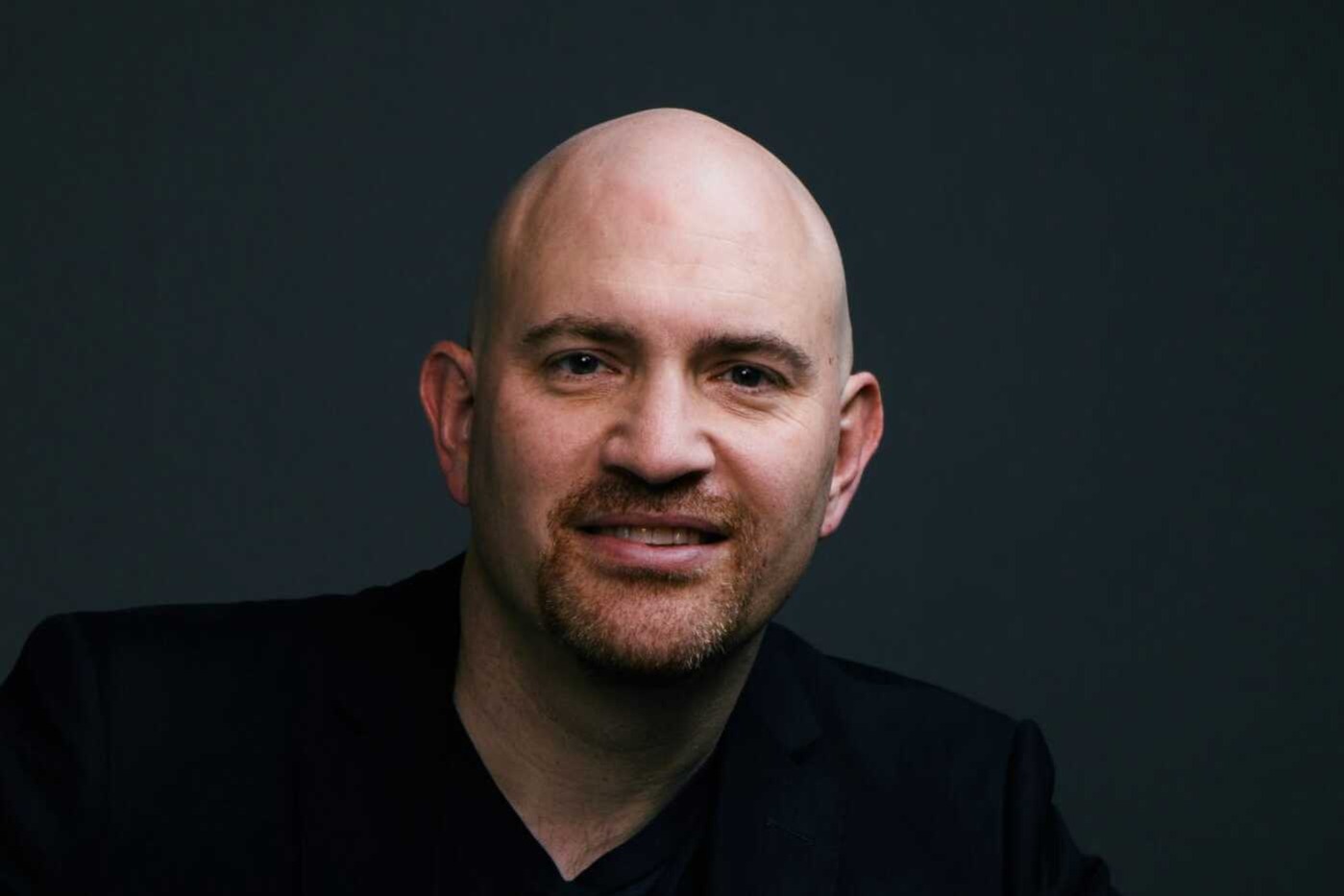
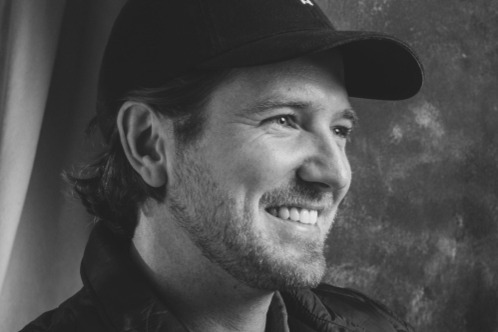


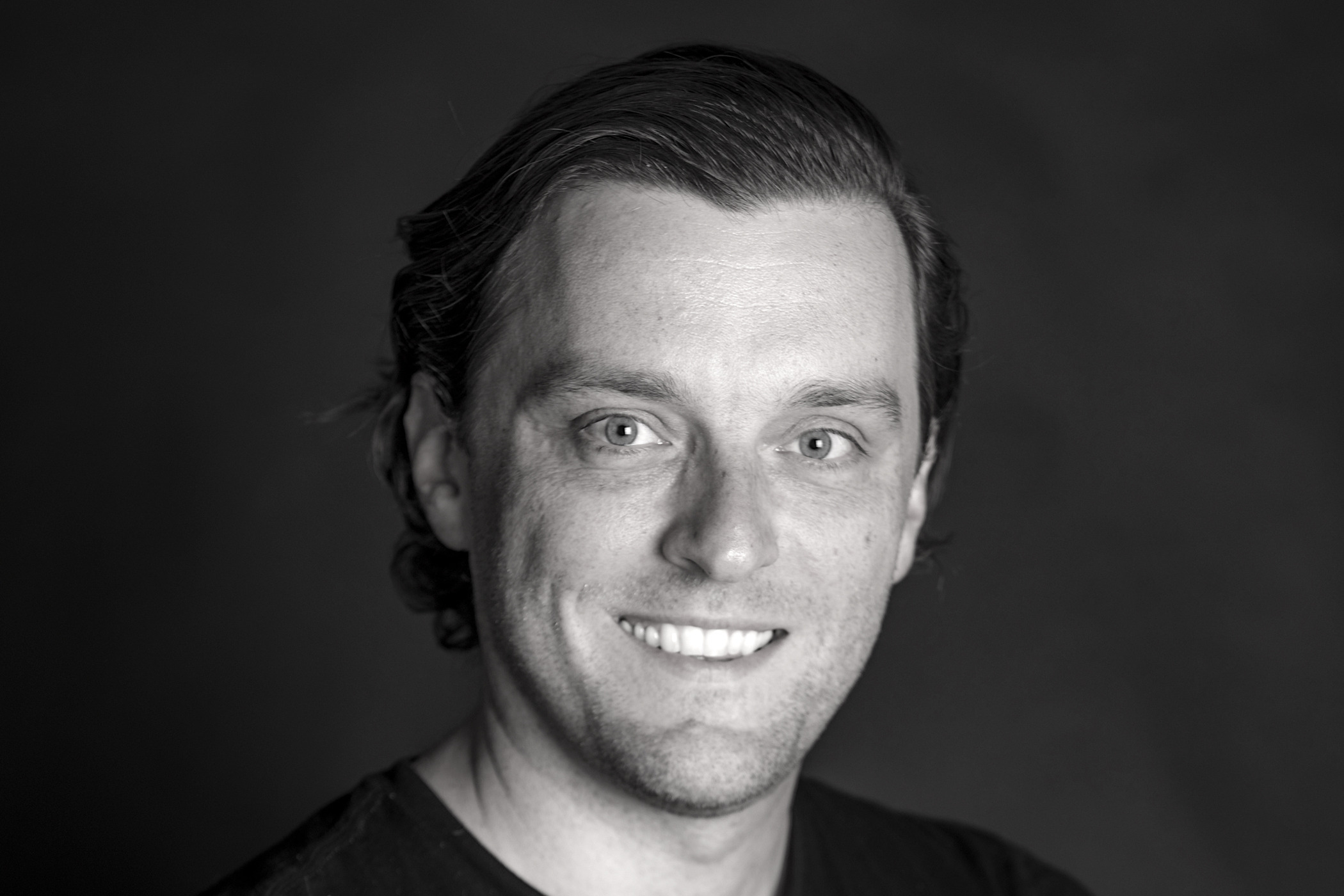

%20(1).jpg)

.jpg)
.png)
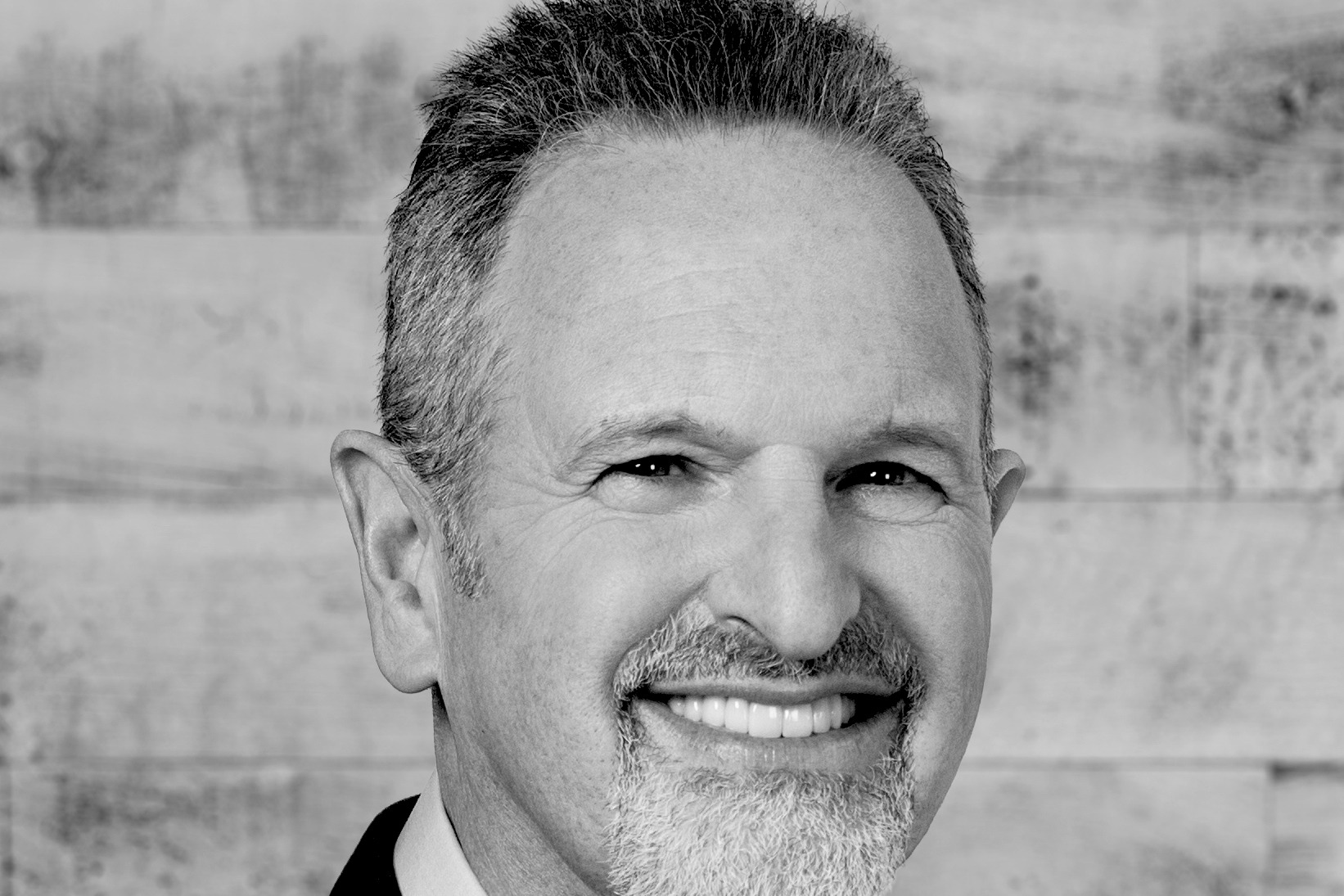




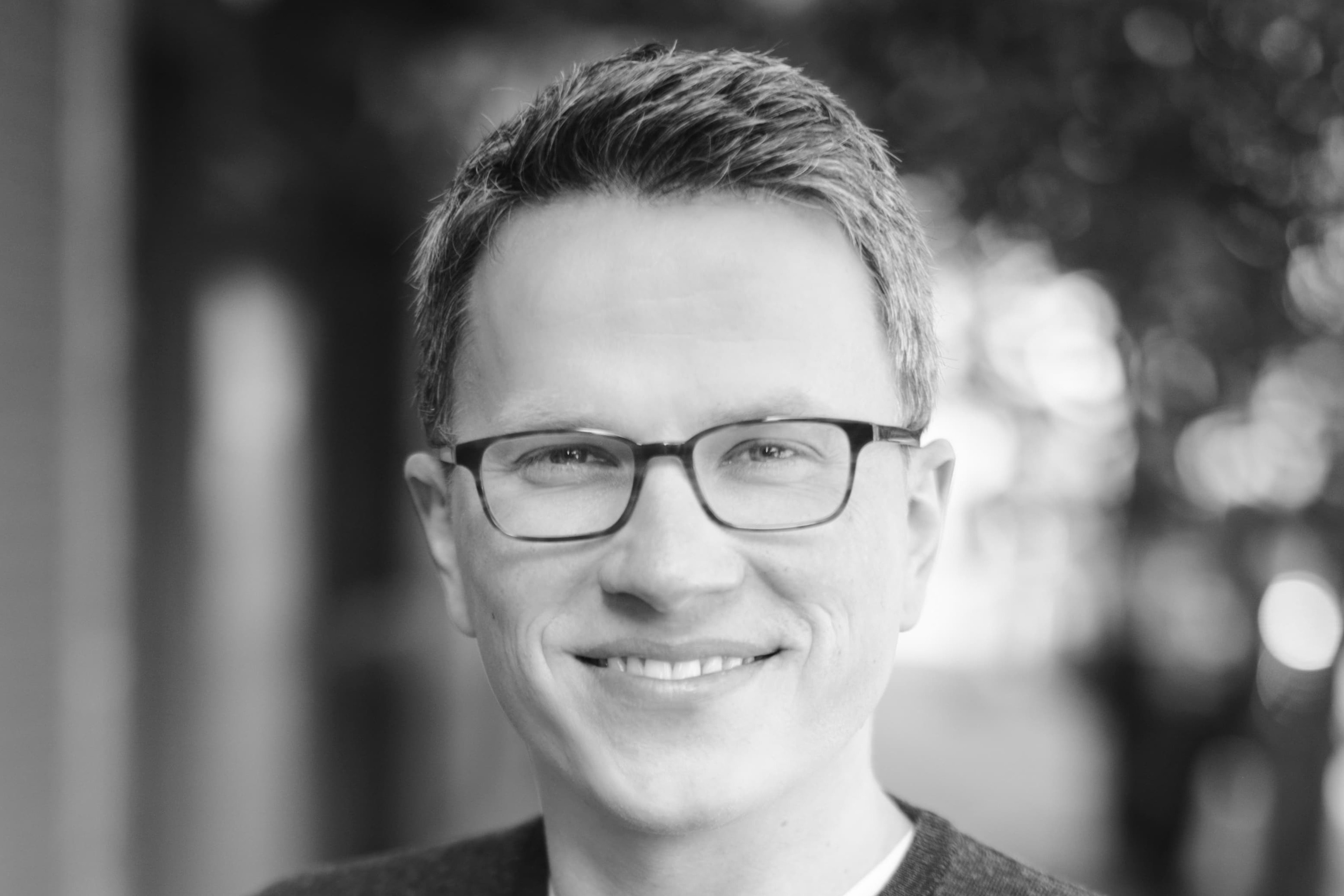

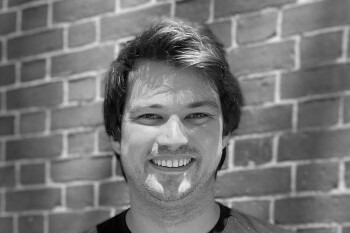
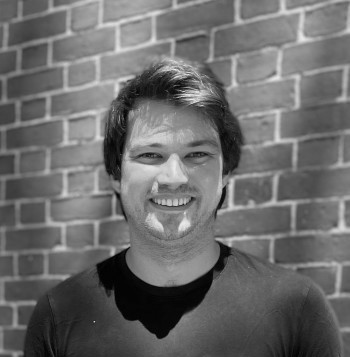
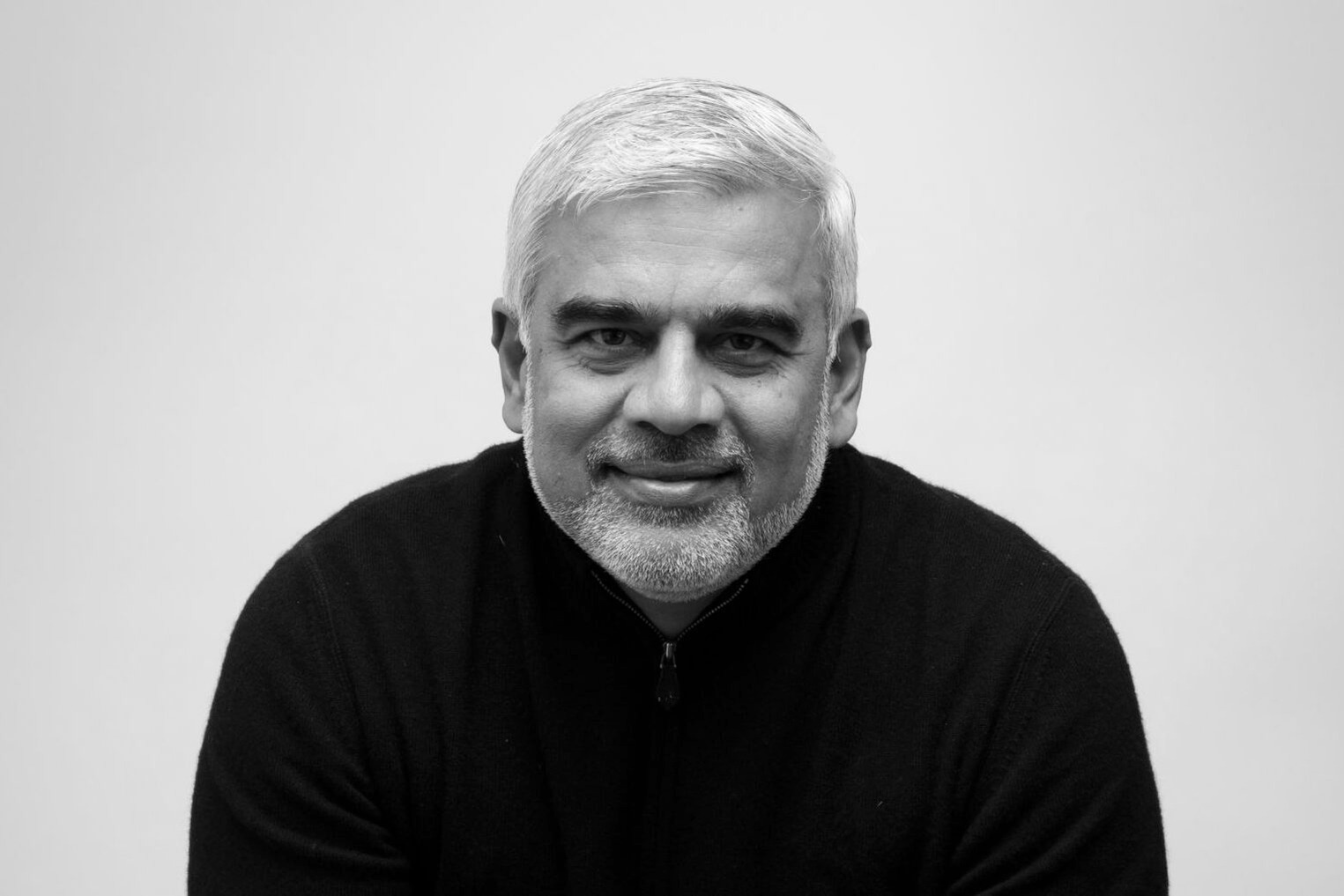
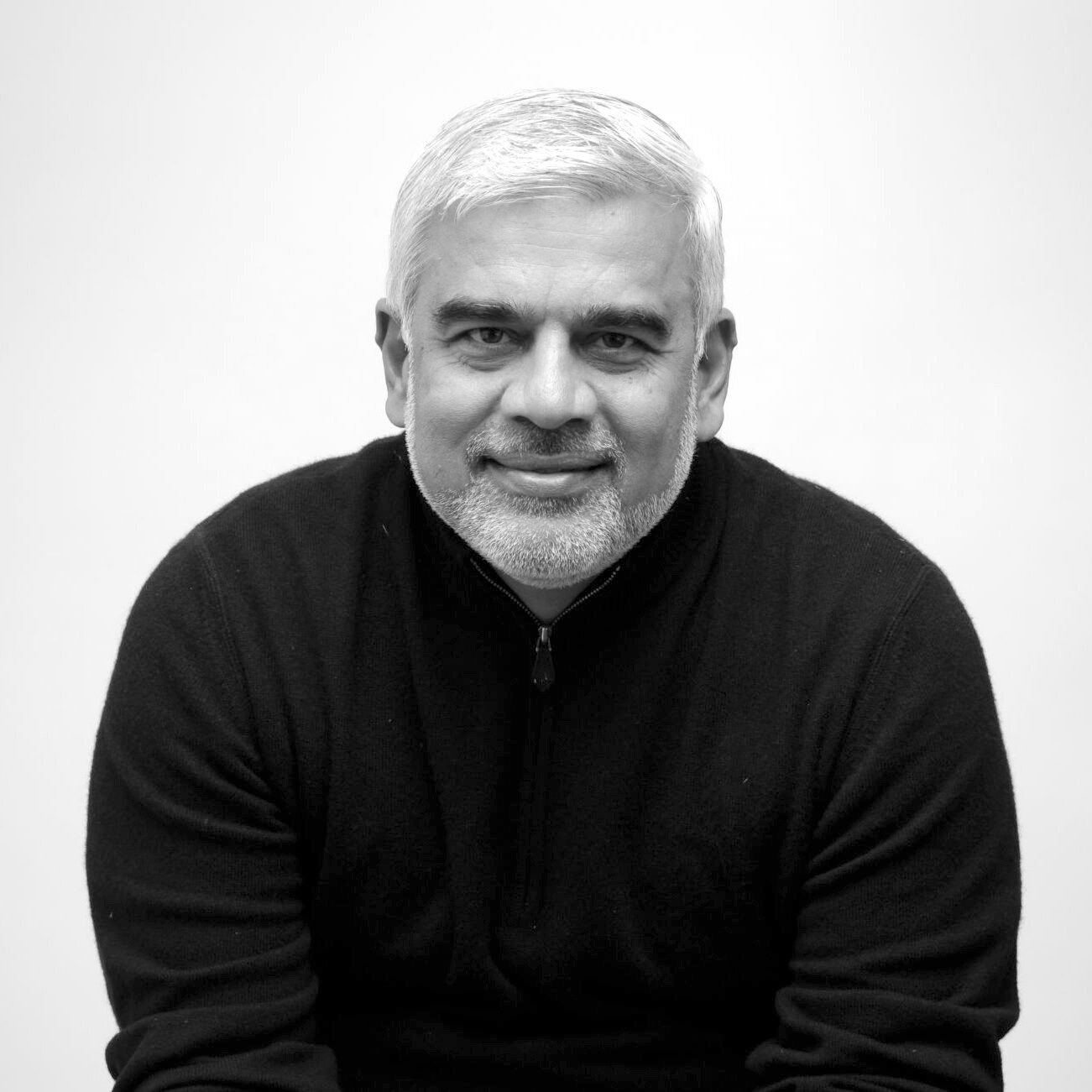
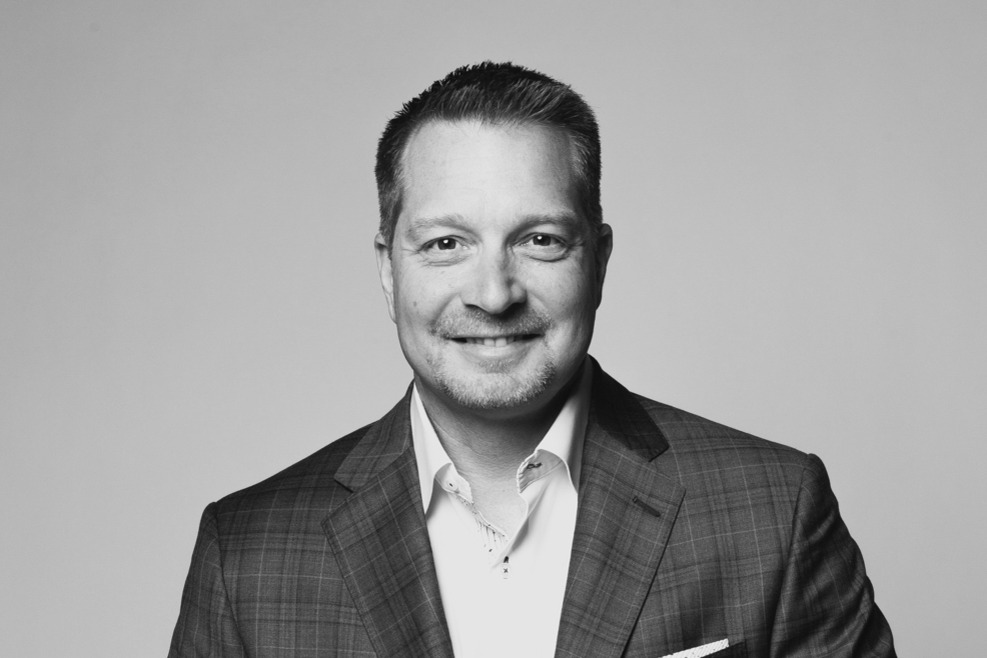



.jpeg)







